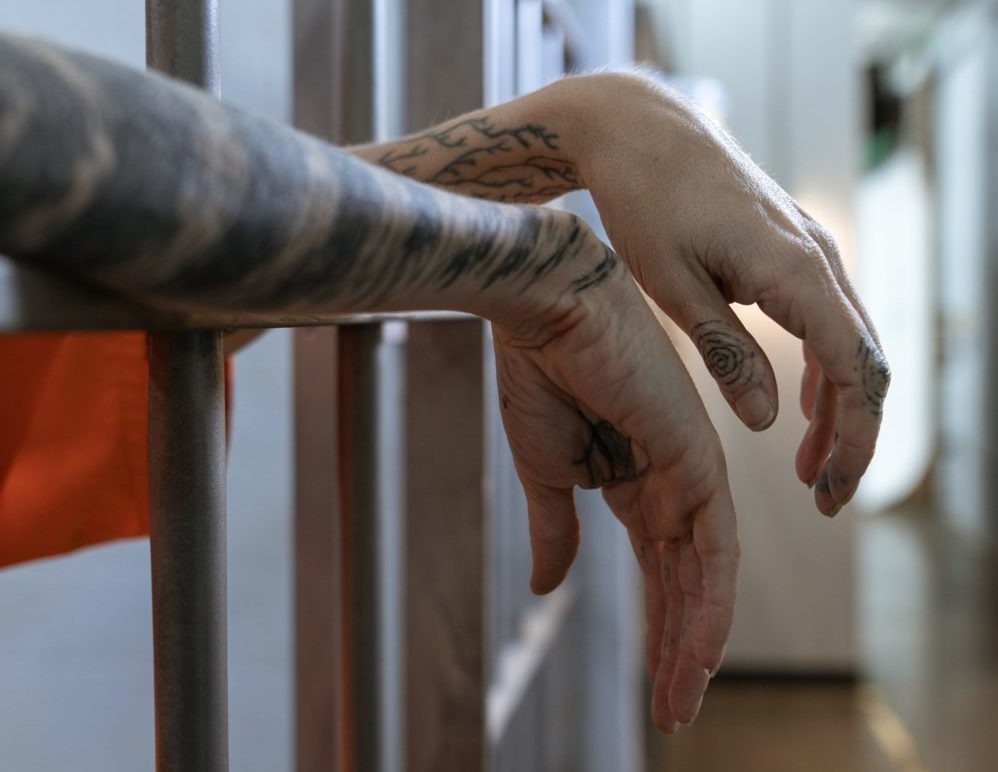Non-felony offenses accounted for two out of three arrests of juvenile girls in Florida, according to “The Justice for Girls Blueprint: The Way Forward for Florida,” recently released by the Delores Barr Weaver Policy Center.
Two-thirds of the state’s justice-involved girls but roughly one-third of boys — 66% versus 38% — were arrested for felony offenses. Two-thirds of girls and almost one-fifth of boys were incarcerated for non-felonies, according to the center’s analysis of data from Florida’s Department of Juvenile Justice Delinquency Dashboard, Department of Health Youth Substance Abuse Survey and the Youth Risk Behavior Survey.
Analyzing information from 2017 through 2021, center researchers and their partners at the Florida-based American Children’s Campaign found that:
• Girls accounted for 27% of all arrested youth in that state.
• Black girls — 21% of Florida’s general population — accounted for 45% all juvenile female arrests; 45% of juvenile female incarcerations; and 52% each of juvenile females on probation and of those whose cases were transferred to adult courts.
• 12,000 of the 40,000 girls of all races who were arrested during those five years were sent to secure detention.
• 10,000 of the 40,000 were placed on probation.
• 1,400 of the 40,000 were sent to residential lock-up.
Unaddressed neglect, abuse, trauma, pre-existing mental health diagnoses and such disorders as self-mutilation and suicidal thoughts were more likely for girls than boys, while they were incarcerated, according to the analysis.
It updates the center’s 2008 blueprint. It comes as justice watchers in several states and institutions, including Boston College of Law, continue to monitor what they say are nationwide disparities in how girls, compared to boys, are treated in the justice system.




























